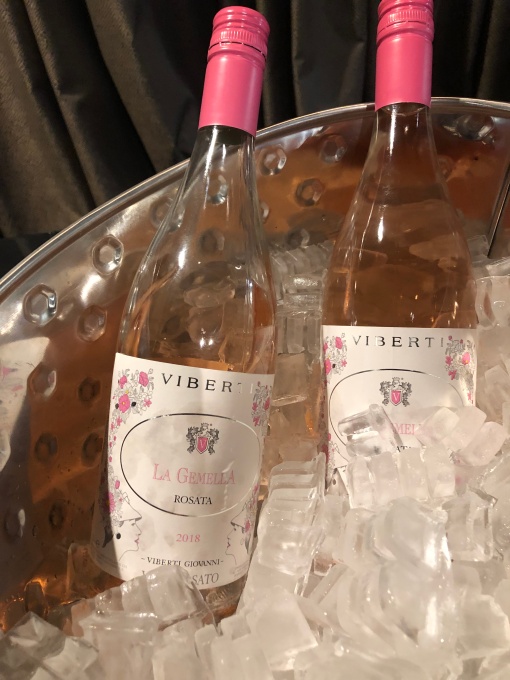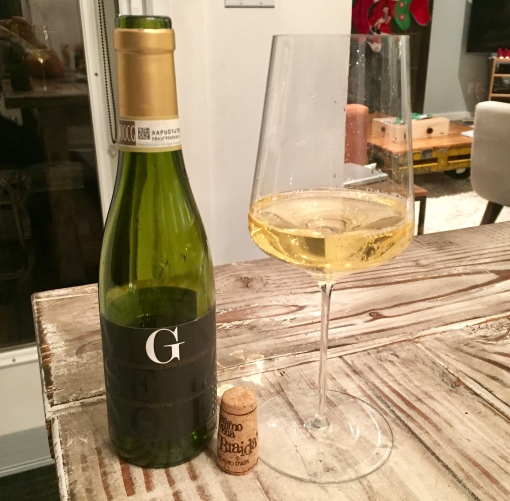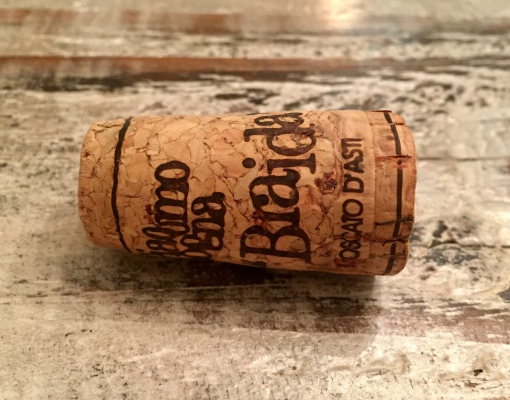By Peter Vetsch
Once more into the breach, my friends, and on Day 5 of Advent 2018, once more into the bag of Advent 2017 synonyms: a Moscato d’Asti from a strong producer, much like last year’s Day 10. That wine (I maintain to this day) struggled with some bottle condition issues, and I am happy to say that this one is clean as a whistle and full of youthful spirit. It is the 2017 G.D Vajra Moscato d’Asti, and spawns stories of history, of production method, of flavour. Which to tell first?
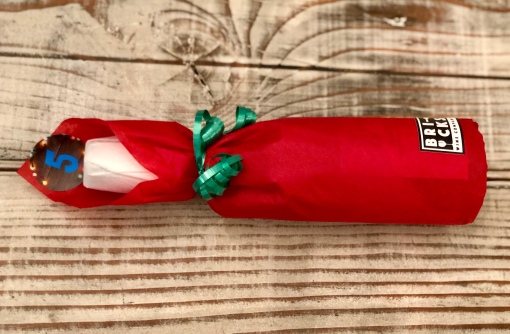
Let’s start from the start, I suppose…which it turns out is much more recent than I expected. Despite its highly traditional-seeming name and labelling, G.D Vajra is barely 45 years old, a complete baby by the standards of Barolo, founded in 1972 (albeit from family vineyards from a couple decades earlier) with its first commercial vintage not released until 1978. It is named after founder Aldo Vajra’s father and was started because, in Fresh Prince of Bel-Air style, Aldo participated in a student protest revolt in the city where he lived at age 15 and was thereafter immediately sent out to the Barolo countryside to live with his grandfather on a farm for the summer, away from the sway of proletariat rebellion. That summer in Barolo (as it likely would for all of us) triggered a deep and abiding passion for wine, which ultimately resulted in the bottle here before us. One little fight and his mom got scared…
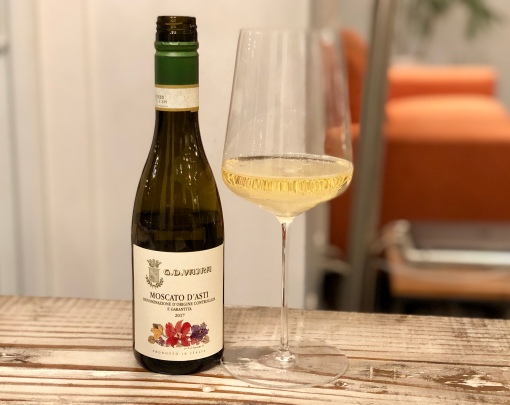
My favourite thing about Moscato d’Asti, apart from its dangerous low-alcohol crushability, is the trivia behind how it’s made. It is one of the few types of sparkling (or frizzante, in this case – lightly sparkling) wines that do not go through two fermentations: one to vinify a dry base wine, the other to re-ferment that wine with additional yeast and sugar to create the bubbles. Instead, it combines both processes into one through a highly ingenious process called the Asti method. Fermentation begins as per usual, but in a pressurized steel tank that is sealed off from air partway through the process, with the result that the carbon dioxide that is a fermentation byproduct cannot escape the tank and is trapped in the wine. Then, when the half-bubbly wine is still quite sweet and considerable amounts of yeast and sugar remain that would normally continue to make sweet magic and craft a higher-alcohol dry wine, the tank and the wine inside are chilled to near-freezing to halt fermentation (yeast don’t like cold much). The yeast is then filtered out of the tank while it is still under pressure (so that fermentation with the remaining sugar does not continue when the wine warms back up) and the wine is bottled under pressure — only lightly bubbly, at 5-6% alcohol and with a bunch of residual sugar. Brilliant.
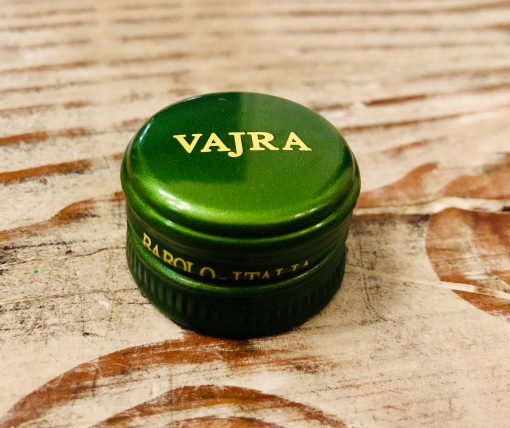
Stelvin Rating: 8/10 (That green is just beautiful, especially in person, and the powdery sheen works.)
This particular Moscato hails from a single vineyard in the perfectly named commune of Mango, located on a steep slope at elevation in the Moscato d’Asti region. It is a gleeful tropical fruit salad on the nose: mango (of course), kiwi, canned oranges and pears, banana leaf, star fruit, and onward down the orchard Rolodex, spiked with gobs of potpourri and spring flowers and chemically Alka Seltzer and city pool chlorine. Lush and quite notably sweet, even for Moscato standards, it is lent a sense of airiness due to its sloshy frizzy bubbles, which are not quite as penetrating or scouring as you might anticipate, a product of the not-quite-sparkling frizzante fermentation process (which is also why this can be bottled in a normal bottle and closure as opposed to a thicker Champagne-style bottle — it’s under a lot less pressure). All I can taste is pineapple Life Savers, cream soda and every single flavour of Gummy Worm on overdrive. The finish is slightly cloying, thanks to acid that doesn’t quite stretch all the way to the end of the line and can’t quite balance out the Moscato’s immense sweetness.
As a beverage, this is freaking delicious. It took no time at all for the entire half-bottle to disappear. As a wine, I wouldn’t rank it among the top Moscatos I’ve had because the rest of the wine can’t quite keep up with the sugar levels, leading to things getting a little bit flouncy. But it’s hard to be too unhappy after a couple glasses of Moscato.
87 points
Like What You Read? Please Share and Spread the Word - It Helps!
